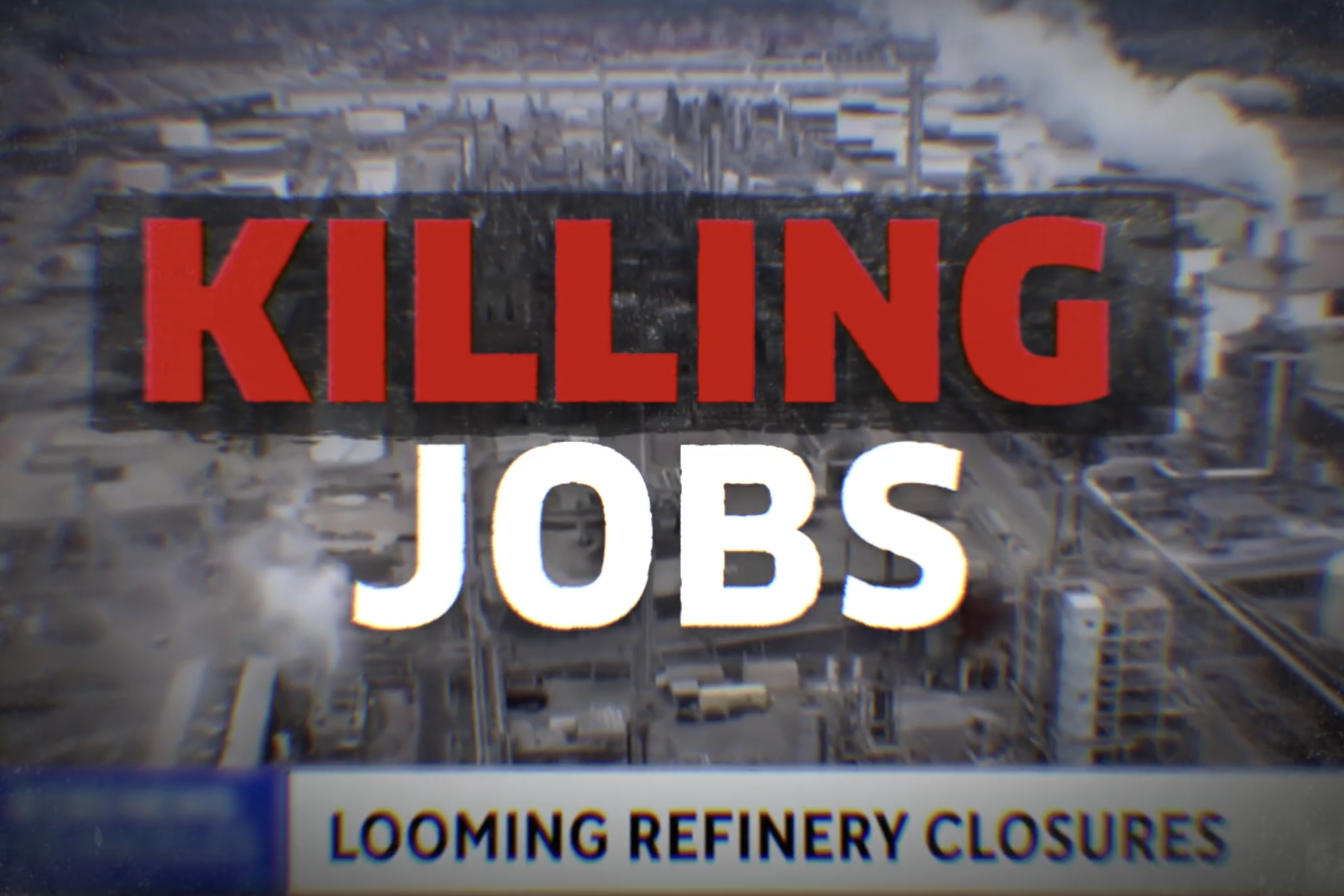The ethanol industry’s main lobbying arm, the Renewable Fuels Association, has proven nothing if not dogged in sticking to its theory that Small Refinery Exemptions (SREs) somehow destroy demand for ethanol … no matter how many people and how much data intrude from the outside world to contradict their claims.
Just last Thursday, EPA’s issuance of five new SREs spurred another heated statement from the perpetually overwrought trade group, which quickly blasted EPA’s decision to review and issue SRE applications (as instructed by Congress) “extremely disappointing and outrageous,” while also accusing refiners of “exploiting and abusing” the SRE provision of the RFS … presumably for having the audacity to apply for waivers in the first place.
Then a funny thing happened that same day. Biofuel friendly ag economist Scott Irwin issued a new paper* in which he reiterated that:
“…a series of farmdoc daily articles in recent months showed that the physical use of ethanol declined little if any due to SREs. This is not really all that surprising because ethanol prices generally have been low relative to gasoline, which means that ethanol is a price competitive component in E10 gasoline blends and the RFS conventional ethanol mandate is non-binding (up to the E10 blend wall).”
RFA’s claim on SREs comes on the heel of a report they put out the previous week, paired with a press release headlined: “New EIA Data Confirms Ethanol Demand Destruction in 2018”. To back this bold (if increasingly unsupportable) claim, RFA authors point to a drop of 110 million gallons in U.S. ethanol consumption in 2018.
To get a sense of the magnitude of this 110 million gallon decline, let’s revert to Scott Irwin’s December study, in which he concluded that there was NO apparent demand destruction due to SREs:
“If there has been any ethanol ‘demand destruction’ to date it was very, very small, perhaps a drop in the ethanol blend rate of a half-a-tenth or so, which equates to only about 70 million gallons of ethanol consumption on an annual basis. The reason for this counter-intuitive result is that all but a tiny sliver of ethanol in the U.S. is consumed in the form of E10 and ethanol is very price competitive in the E10 gasoline blend.”
The “very, very small” drop of 70 million gallons cited by Irwin is just a hair below the 110 million gallon drop that RFA seized upon to justify its unequivocal claim that demand destruction from SREs does, in fact, exist. (And as a sidebar, 110 million gallons is roughly only three quarters of one percent of the 15 billion gallon conventional biofuel requirement.) This difference could essentially come down to a rounding error.
On that note, while rounding EPA data to the thousandth may infer a very small decrease in the blend rate (as RFA has done), rounding the numbers to the hundredth indicate the blend rate in 2018 was slightly higher than 2017. If we followed RFA’s playbook, we could have blasted out an excited press release about demand growth by now!
In fact, Irwin’s newest piece touches on this very issue, noting that EIA measurement errors likely explain the extreme volatility of the implied domestic blend rate, which means RFA’s figure could well be changed as EIA makes further adjustment down the road (as they always do). Irwin reinforced this concept in a February post, in which he reiterated his conclusion that SREs have not resulted in any demand destruction and expressly stated that any difference between the 2017 and 2018 blend rate was “well within normal statistical variation.”
The bottom line is that SREs simply do not suppress the demand for or price of ethanol, no matter how hard ethanol lobbyists want us to think otherwise. The evidence continues to reinforce the reality that the RFS can be administered in a manner that keeps costs down for refiners without hampering market opportunities for, or consumption of, ethanol and other biofuels.
* (Note that Irwin’s new paper does argue that SREs create biodiesel demand destruction. See our earlier blog post for our take on that issue.)


